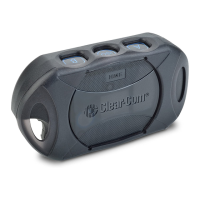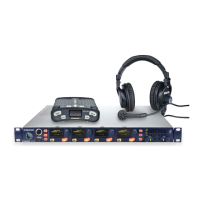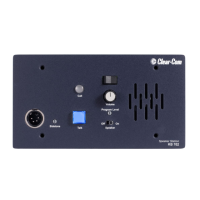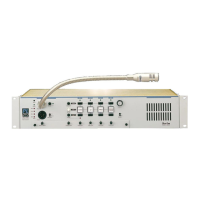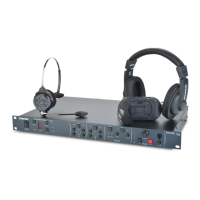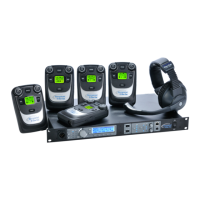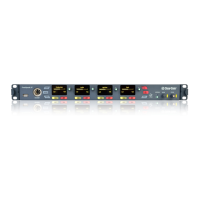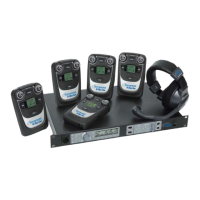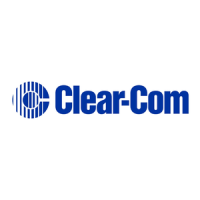User Guide| LQ Series 4.0
10 Internet connectivity
All devices within a Link-Group must have connectivity to the Link-Master on TCP
port 80 and TCP/UDP port 655. When linking devices over the Internet, make sure
that this connectivity is stable. Internet connection to an LQ device requires special
configuration within your firewall (port-forwarding).
Note: LQ devices cannot connect using the Internet if they have a HelixNet Main Station
as link master.
10.0.1
Getting an external IP address
When networking LQ devices over the Internet, an external IP address from which
the Link-Master is reachable is required as a first step in making sure Link-Members
can get to the Link-Master. The external (public) IP address must be static and
non-changing. Normally an Internet Service Provider (ISP) will provide external
addressing in Dynamic Host Configuration Protocol (DHCP) mode. This is not
guaranteed to remain static but instead may change periodically. This will cause
linking issues as the Link-Members will not be able to reach the master if the IP
address changes. Therefore, it is suggested that you purchase a static address
from your ISP. Failure to do this could result in a loss of service.
10.1
Port-forwarding
To connect to an LQ unit that is behind a firewall, certain ports must be mapped
from your firewall to the LQ device. This mapping will forward traffic received on
those ports from the Internet directly to the LQ unit.
l The Link-Group uses TCP port 80 for linking, data distribution and browser-
based management.
l The Link-Group uses port 655 (TCP and UDP) for group connectivity and audio
transmission.
For more information, see Linking over Internet or WAN on page 60
Page 78
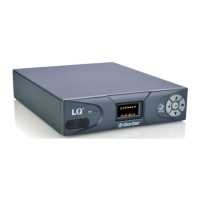
